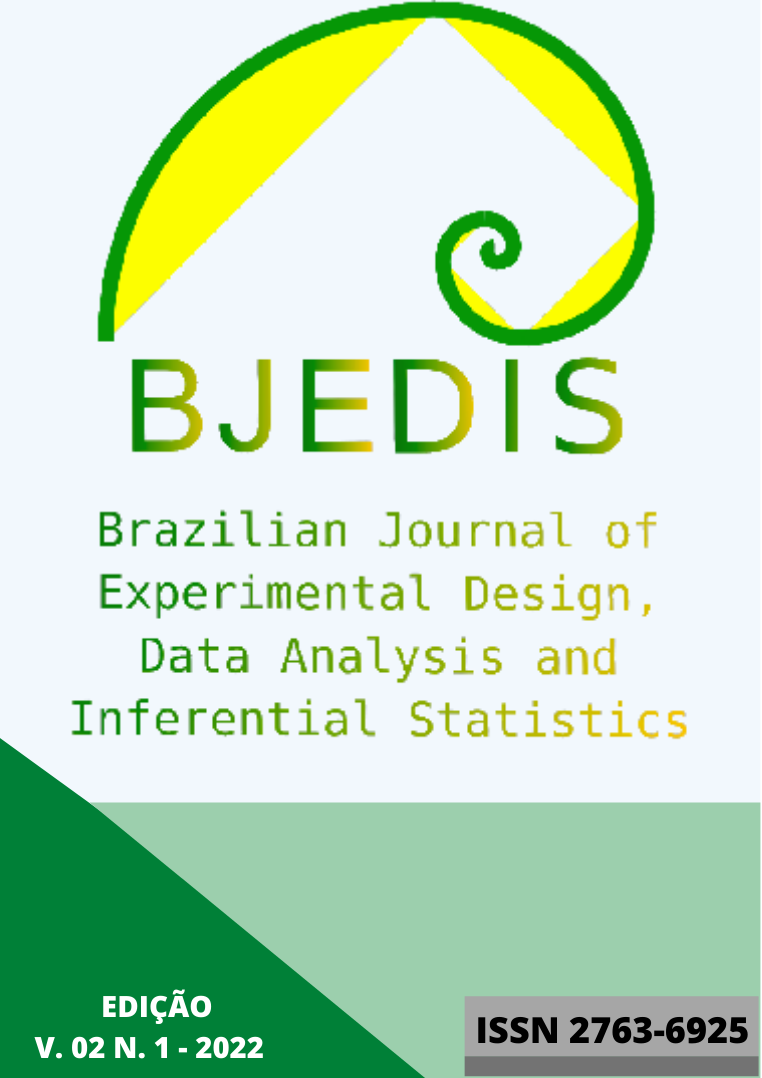Chitosan-based films for wound healing applications: A meta- analysis to access the impact on wound closure rate
DOI:
https://doi.org/10.55747/bjedis.v2i1.52473Keywords:
Chitosan films, wound healing, wound closure rate, Data mining, Statistical analysis, BibliometricsAbstract
Wound healing novel materials have been emerging as a hot topic, as wounds are reaching epidemic proportions, with both economic and psychosocial consequences. Chitosan-based films increase the rate of re-epithelialization and wound closure rate which, due to their antimicrobial properties, should contribute to wound closure. With the constant raise of scientific publications regarding this subject, we aimed to establish a direct relation of chitosan films on wound closure rate based on recent data. The available literature was gathered from Scopus database, followed by a bibliometric analysis. Results were sorted based on wound closure metrics and statistical information. The data extracted from the selected articles were analyzed and compared regarding the wound closure rate measured in animal models. The results showed good homogeneity of positive results among the studies selected. On the other hand, due to unstandardized parameters in chitosan films formulations among the articles studied here, no correlation with chitosan concentration in wound dressing films with the wound
closure effect could be observed. However, further investigations of such correlation with clinical tests are still needed. In this context, this work demonstrated consistency in the positive impact of chitosan films on wound healing, demonstrating that
chitosan films have the potential for biomedical use and their research is justified. The results of this work might help to understand the relationship between the actual contribution of chitosan and in vivo wound healing evaluation, and provide a
reference to new approaches for the treatment chronic wounds.
Downloads
Published
Issue
Section
License
AUTHORS DECLARATIONS AND COPYRIGHT TRANSFER LICENSE
We at this moment declare that the present paper is our original work and has not been previously considered, either in whole or in part, for publication elsewhere. Besides, we warrant the authors will not submit this paper for publication in any other journal. We also guarantee that this article is free of plagiarism and that any accusation of plagiarism will be the authors' sole responsibility. The undersigned transfer all copyrights to the present paper (including without limitation the right to publish the work in any and all forms) to BJEDIS, understanding that neglecting this agreement will submit the violator to undertake the legal actions provided in the Law on Copyright and Neighboring Rights (No. 9610 of February 19, 1998). Also, we, the authors, declare no conflict of interest. Finally, all funders were cited in the acknowledgments section.

